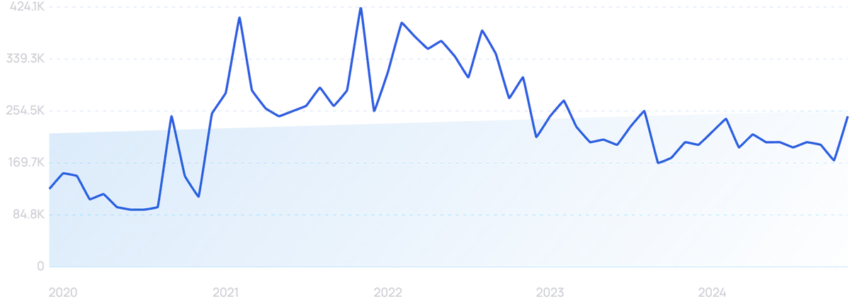TL;DR Summary of How to Improve Your On Page SEO: 13 Essential Tips
Optimixed’s Overview: Mastering On Page SEO to Drive Higher Rankings and User Engagement
Introduction to On Page SEO
On page SEO (also known as on-site SEO) involves optimizing individual web pages to rank higher and earn more relevant traffic in search engines. This includes improving both the content and HTML source code of a page. Unlike off page SEO, which focuses on activities outside your website such as link building, on page SEO ensures your site is well-structured, accessible, and relevant to users and search engines.
Key On Page SEO Techniques
- Title Tag Optimization: Include your target keyword in the title tag, keep it between 50-60 characters, and make sure each page has a unique title that aligns with the H1 tag.
- H1 Tag Optimization: Use a single, keyword-rich H1 tag on each page to clearly define the main topic for visitors and search engines.
- Meta Descriptions: Write concise, unique meta descriptions with relevant keywords and a call to action to boost click-through rates.
- URL Structure: Use short, descriptive URLs with hyphens and relevant keywords to enhance readability and SEO.
- Content Creation: Develop high-quality, keyword-targeted content that matches the user’s search intent, utilizing tools like Semrush Keyword Magic Tool and SEO Writing Assistant for guidance.
Maintaining and Enhancing SEO Performance
- Content Audits: Regularly analyze existing content with SEO tools to identify pages that need improvement and apply recommended optimizations.
- Internal Linking: Strategically link between your own pages, especially from high-authority pages, to distribute link equity and improve site navigation.
- External Linking: Link to trustworthy, relevant external resources with descriptive anchor text to provide additional value and build trust.
- Image Optimization: Use descriptive alt text, optimize image file names, compress images for faster loading, and create an image sitemap to improve visibility in image search results.
- User Experience (UX): Enhance page load times, mobile-friendliness, and site functionality to reduce bounce rates and improve user engagement, positively impacting SEO.
Advanced SEO Strategies
- Featured Snippets: Optimize content to capture featured snippets by providing clear, concise answers, lists, tables, or videos that directly address user queries.
- Schema Markup: Implement structured data using JSON-LD to help search engines better understand your content and enable rich snippets in search results for increased visibility.
Conclusion
Applying these comprehensive on page SEO tactics enables your website to rank higher in search results, attract more organic traffic, and provide a superior experience for visitors. Utilize tools like Semrush’s On Page SEO Checker and Site Audit regularly to monitor your site’s health, identify issues, and implement improvements. Consistent optimization will strengthen your brand presence and drive long-term growth.
